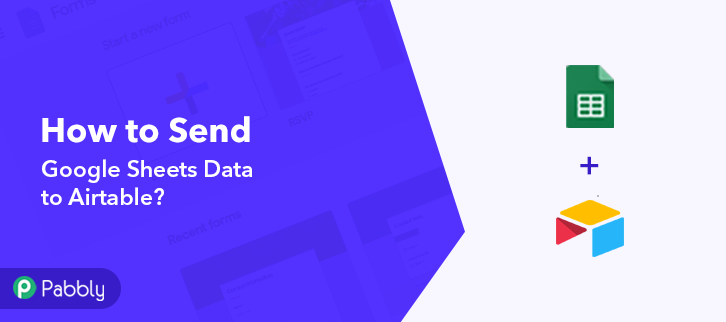

If you would like a quick conversation to get a deeper understanding of Google Tables and where integrations with Tables and Airtable may be useful, book a 15 minute slot - happy to share what I can.

But the key to this is the ability to integrate these two worlds and with that, my firm is creating a combined Airtable/gTables library that removes the complexities for blending these two worlds - a single API for building combined platform solutions.

I predict there will be very big opportunities to blend Google Tables and Airtable to meet data, analytics, and workflow requirements that will change how many businesses manage and operate their IT infrastructure. As soon as I became aware of many of the competitive options that most see as deep threats, my excitement for Airtable and its future only accelerated. I can also predict that integration between the two platforms will yield a wholly new crop of business solutions that would be impractical in either platform.Īirtable’s recent financing and market growth will only accelerate what has been an astonishing year in technical milestones. Having been on the test team for many Google services in the past and recently the Tables product, I can assure all of you - Airtable has a huge headstart and especially on the UX axis. These are rational questions and concerns but luckily, we operate in a free-market economy and because there’s competition, Airtable is likely to improve at a faster pace as a result of any new competitive offerings. Should I be thinking about this new technology? Is it something that could threaten my business activities and commitment to Airtable? Is my service going to improve or suffer as a result?
#GOOGLE AIRTABLE SOFTWARE#
The only way to open Google Tables' app outside the US is with a VPN.Īt any rate, it's apparent that the software giants today see flexible databases as a core component in the modern office suite.When we read about other products like the recent early experience beta announcement of Google Tables, we often assume such tools are simply a threat to all other near-codeless platforms.
#GOOGLE AIRTABLE FULL#
Perhaps the new pricing means Google is more committed to this as a full product that they won't quickly shut down maybe once its out of beta, it too will be rolled into perhaps a higher-tiered G Suite plan.Īlso, Google Tables is geo-restricted to the US at the moment. Then for $10/month/user, you get 1,000 tables with 10k rows each (where, again, for that price Airtable offers unlimited tables, though only 5k rows per table, so here Google Tables is cheaper). Pick a spreadsheet or Airtable base, customize your app, then share it with anyone. Instead, you can get 100 tables with 1,000 rows each for free, which is less than Airtable which gives unlimited tables and 1,200 rows for free. Glide creates apps & websites based on Google Sheets, Excel, or Airtable. Unlike almost every other software product Google makes, Google Tables is not fully free, and it's not bundled with G Suite's paid plans. Google Tables is perhaps most interesting for its pricing. You make a database table, list data in rows, create custom views with kanban boards and more to visualize data, use built-in forms to add data, and use built-in Slack and Google Chat integrations to share data with your team. Now Google's in the game, with a new product from their experimental Area 120 team: Google Tables. Then Microsoft launched Microsoft Lists as a way to "track information and organize work" and it, too, looks similar to Airtable's tables (or, perhaps, could be seen as bringing Microsoft Access to the web at long last). Months back, Amazon AWS launched Amazon Honeyccode as a low-code app builder, something slightly akin to Airtable.


 0 kommentar(er)
0 kommentar(er)
